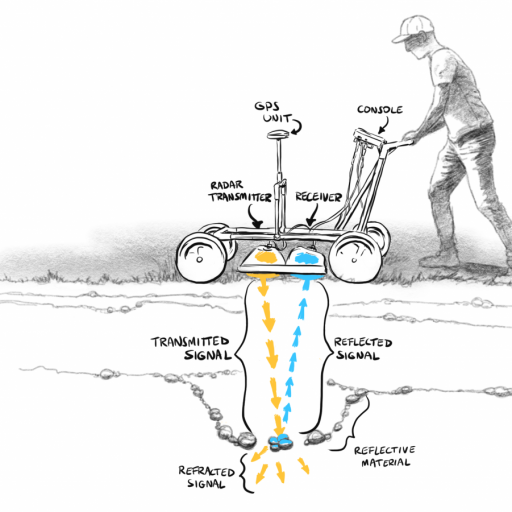
Throughout fieldwork, ethnographers must constantly interpret their observations and translate their experiences into various forms of documentation, including written notes, audiovisual recordings, sketches, tables, surveys, and diaries. However, these raw materials are typically transformed into a more structured presentation that has traditionally undervalued the visual component (Geismar 2014, 97).
Despite their undervaluation, sketches and drawings can be effective tools for illustrating research findings and conveying information that may be difficult to express through text alone.
Sketches and drawings can be used to represent artifacts, features, and other material remains discovered during archaeological excavations. They can also be used to depict landscapes, architectural plans, and other contextual information that is relevant to understanding the site.
Sketches and drawings can be particularly useful for illustrating the spatial relationships between different objects or features within a site, as well as the relationships between the site and its surrounding environment. This can help readers to better understand the context of the research and the significance of the findings.
It is important to note that while sketches and drawings can be valuable tools, they should be used judiciously and with care. They should be clear, accurate, and based on sound methodology.
A great use of sketches and drawings in representing fieldwork is the illustrations created by Eric Simons that involves the use of ground-penetrating radar (GPR) technology to support archaeological research. As Simon (ND) states archaeological illustrations have the ability to combine different visual styles, moments in time, landscapes, and ideas into one image. This can make sketches valuable tools for explaining archaeological work to colleagues, community members, and the public. Additionally, in mortuary contexts where sensitive information needs to be kept confidential, illustrations can be particularly useful. They allow researchers to explain their methods without sharing specific information about sites or sacred spaces. By abstracting and remixing information, illustrations can still convey important insights without compromising confidentiality.
Work Cited
- Geismar, Haidy. 2014. “Drawing It Out.” Visual Anthropology Review 30 (2): 97-113.
- Simons, Eric. ND. “Illustrated: Locating Burials Using GPR.” Indigenous/Science website. Accessed April 26, 2023. https://indigenousscience.ubc.ca/ground-penetrating-radar-gpr-partnership-between-musqueam-and-ubc/gpr-course-indigenous-communties-2